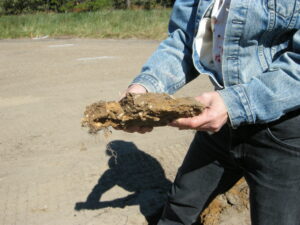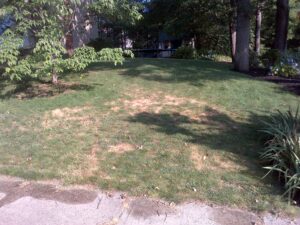Main Content
The soil that supports our lawns, sports fields, golf courses, and other land uses begins to recharge (store) with water as the evapotranspiration rate drops off during autumn and continues to decline to a very low rate during winter. Water storage in soil is good since that provides the water needed to support green-up and re-initiation of plant growth in the spring. However, an excessive accumulation of water is an indicator that one or more conditions in the landscape are restricting drainage.
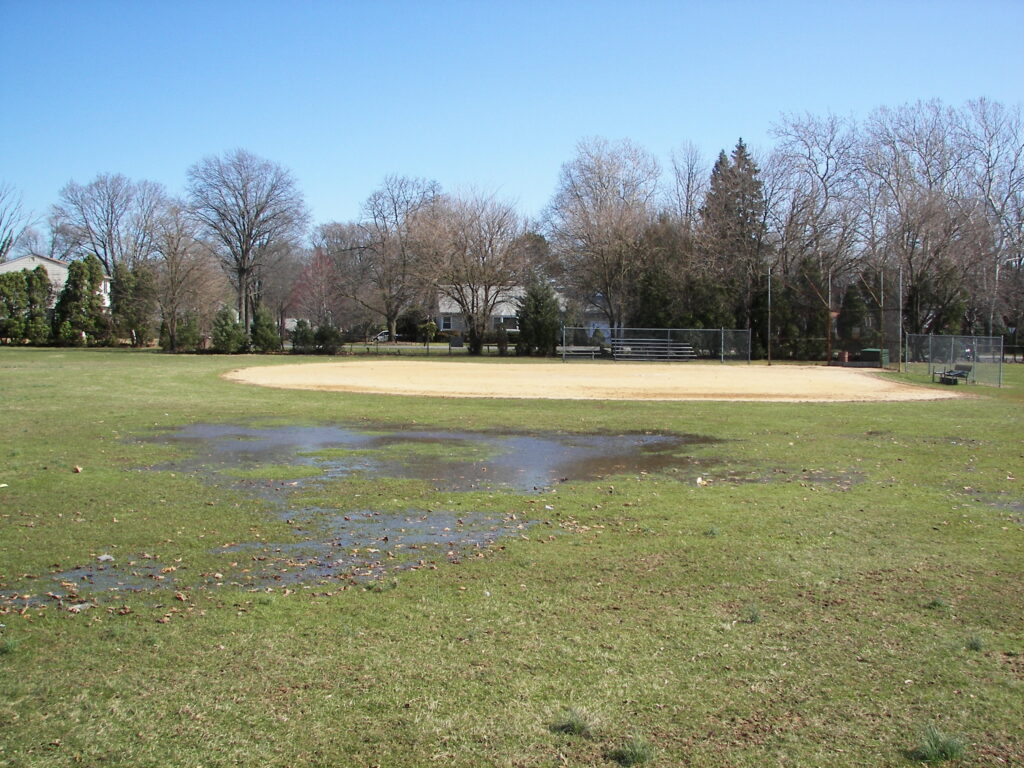
Observing the drainage capacity of landscapes during late winter and early spring 2024 should be highly effective at determining whether corrective action is needed to improved drainage. We have experienced above normal precipitation In New Jersey during three of the last six months. September 2023 precipitation averaged 7.55” across the state, which was 3.39” above normal and ranks as the 9th wettest September. December 2023 precipitation was the wettest 12th month on record dating back to 1895. Statewide, precipitation averaged 8.20”, which was 3.93” above the 1991–2020 normal and was 0.33” above the previous wettest December in 1996. January 2024 was 6th on record dating back to 1895. The statewide 6.39” of rain and melted snow was 2.90” above the 1991–2020 normal. See https://www.njweather.org/news for more weather details.
Thus, autumn and winter precipitation has certainly recharged our soils to be at or very near field capacity, Field capacity refers to the water remaining in a soil after it has been thoroughly saturated and allowed to drain freely, usually for one to two days.
With our soils essentially full of water, any additional precipitation during the remainder of the winter and into early spring will provide us a good assessment of drainage. Soil that is freely drained will be wetted after precipitation but will return to a well drained condition (field capacity) within one to two days. Slow to drain areas will become soggy and possibly pond water for more than two days. The longer excess water lingers beyond 2 days within or above the soil, the poorer the drainage.
It is a good practice to scout your landscapes during this time of year and watch for areas that remain soggy or ponded well beyond 2 days after rain. Once you find poorly drained areas the key to improving drainage is to identify where the excess water is coming from and to intercept it before impacting the turf and other landscape plants. The two essential concepts behind good drainage designs are to protect soils from becoming ponded and/or the root zone from becoming waterlogged. Drainage solutions range from re-contouring the landscape (shed excess water through surface drainage) to installing a network of below-ground pipe drainage (intercept excess subsurface water).

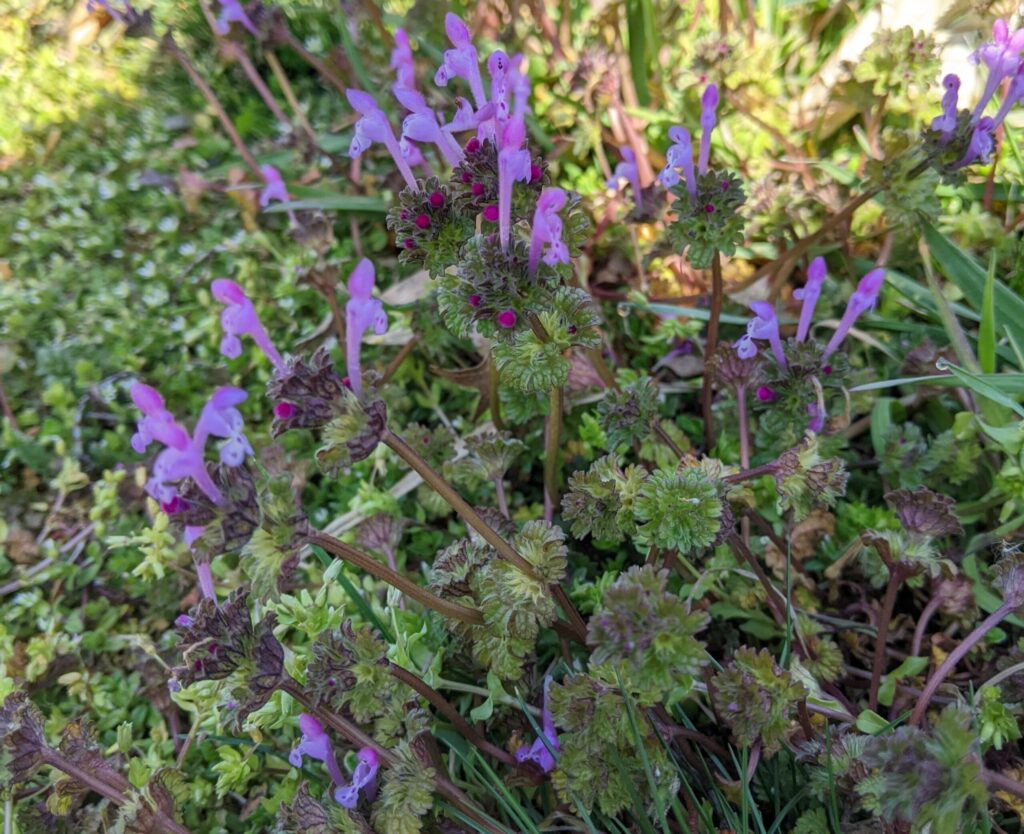
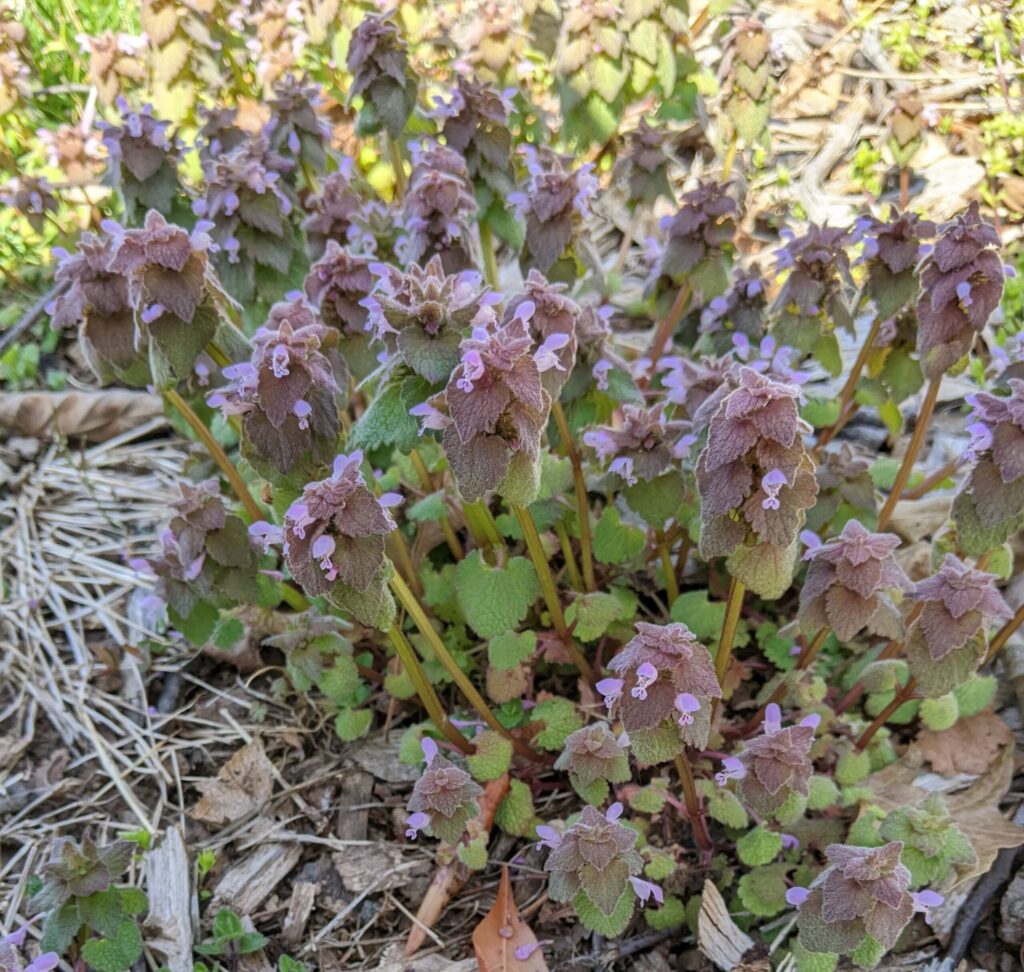
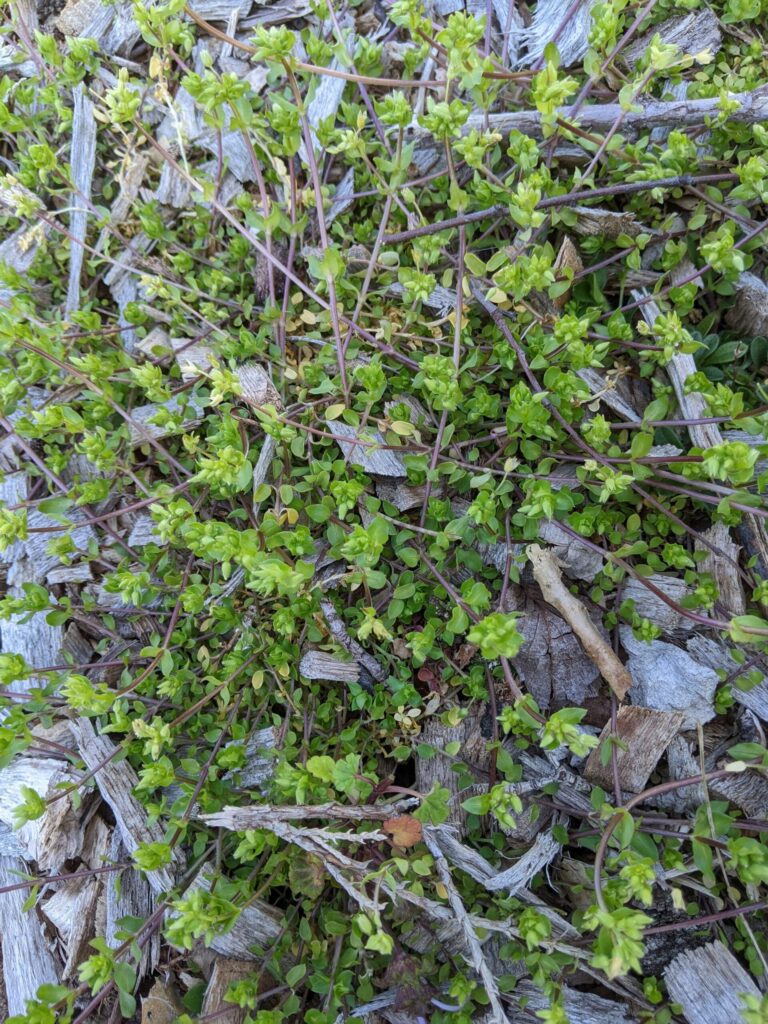
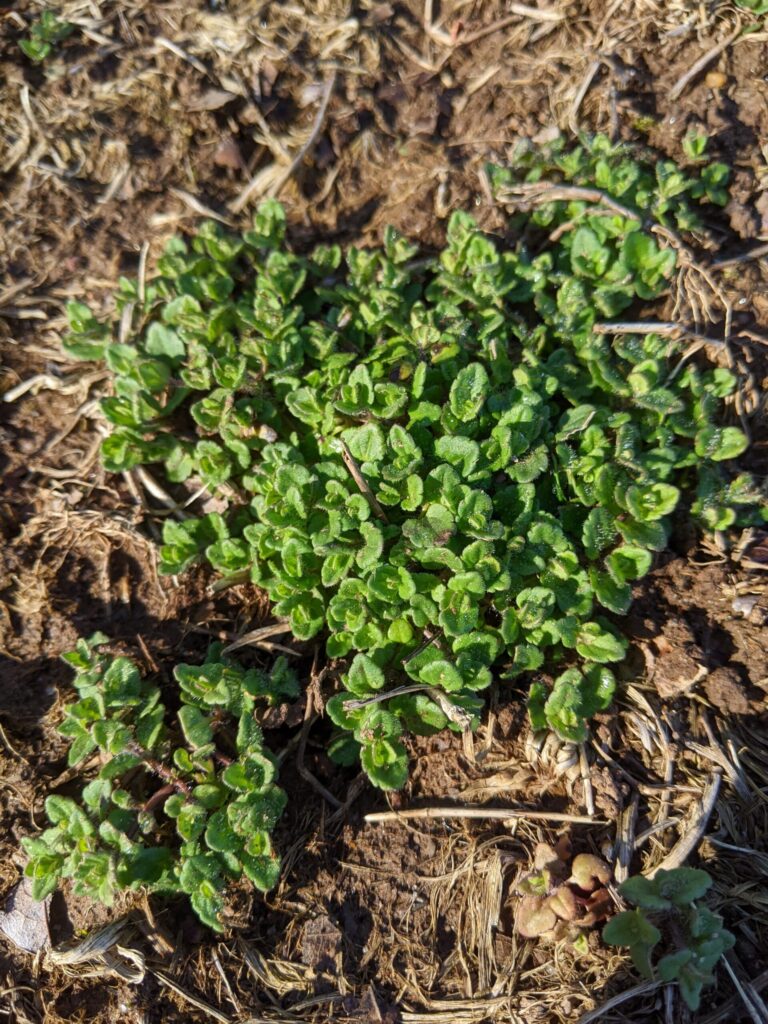
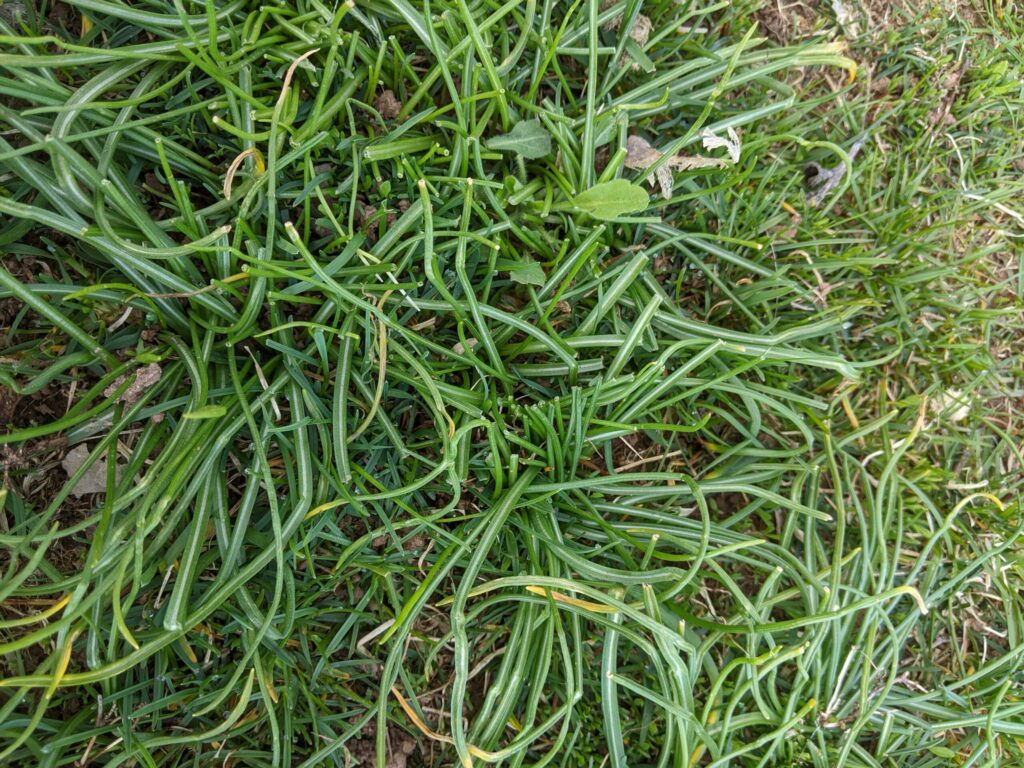
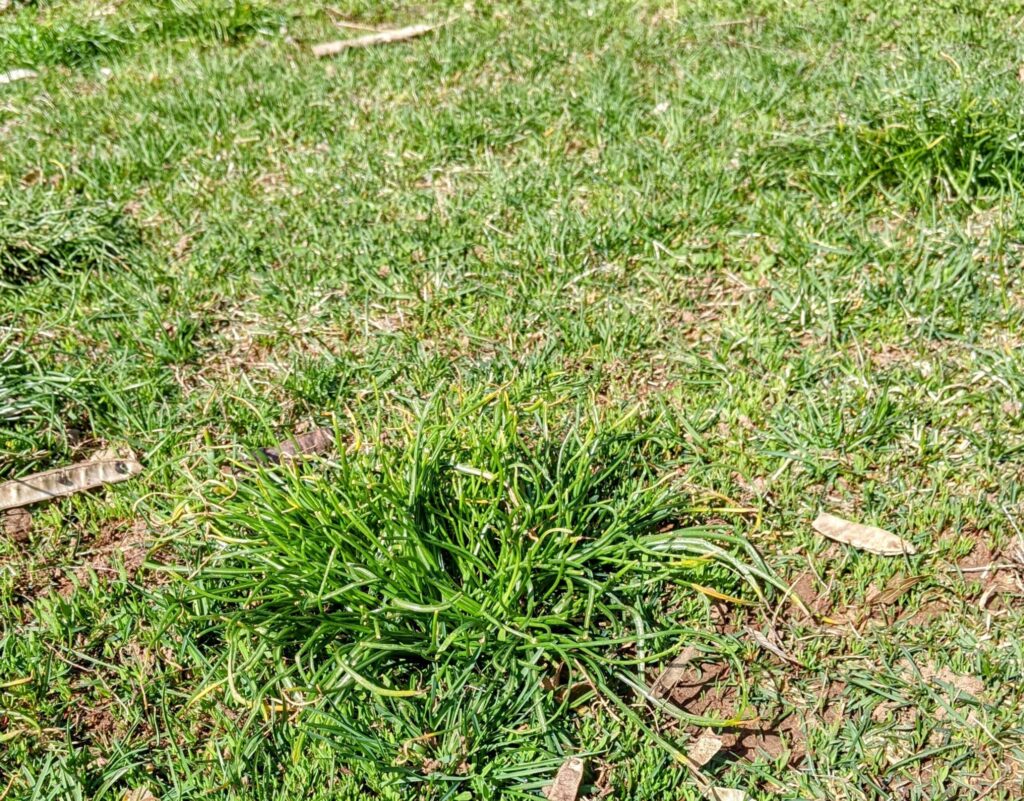
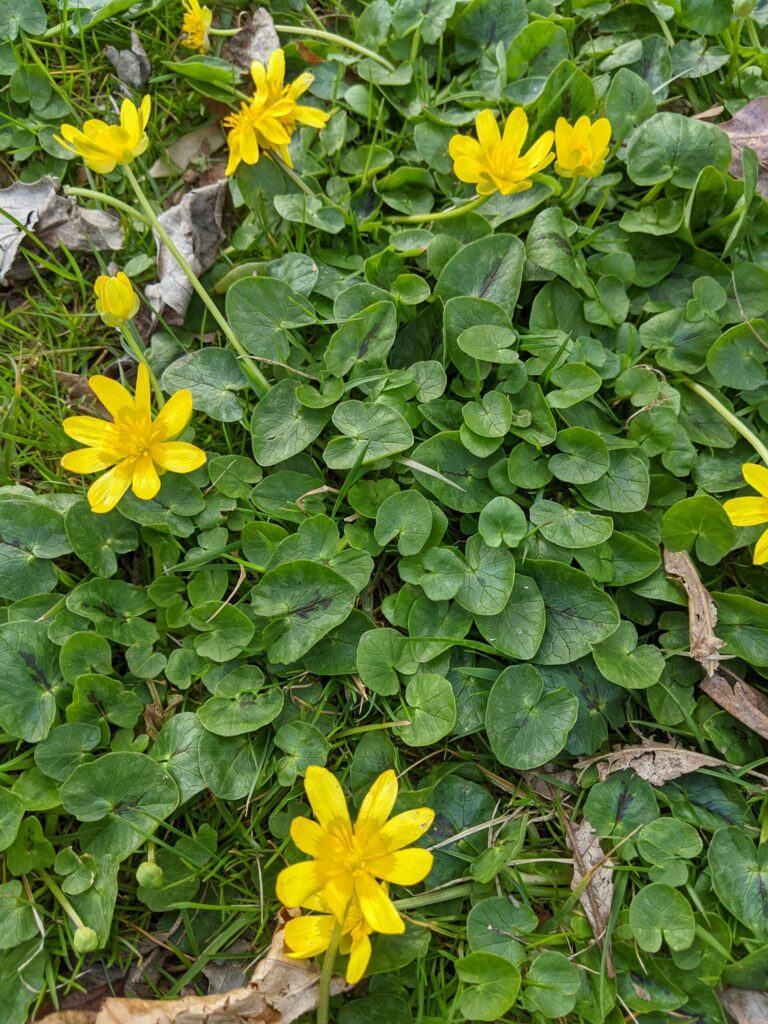
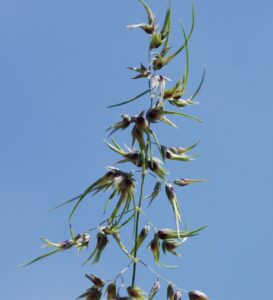
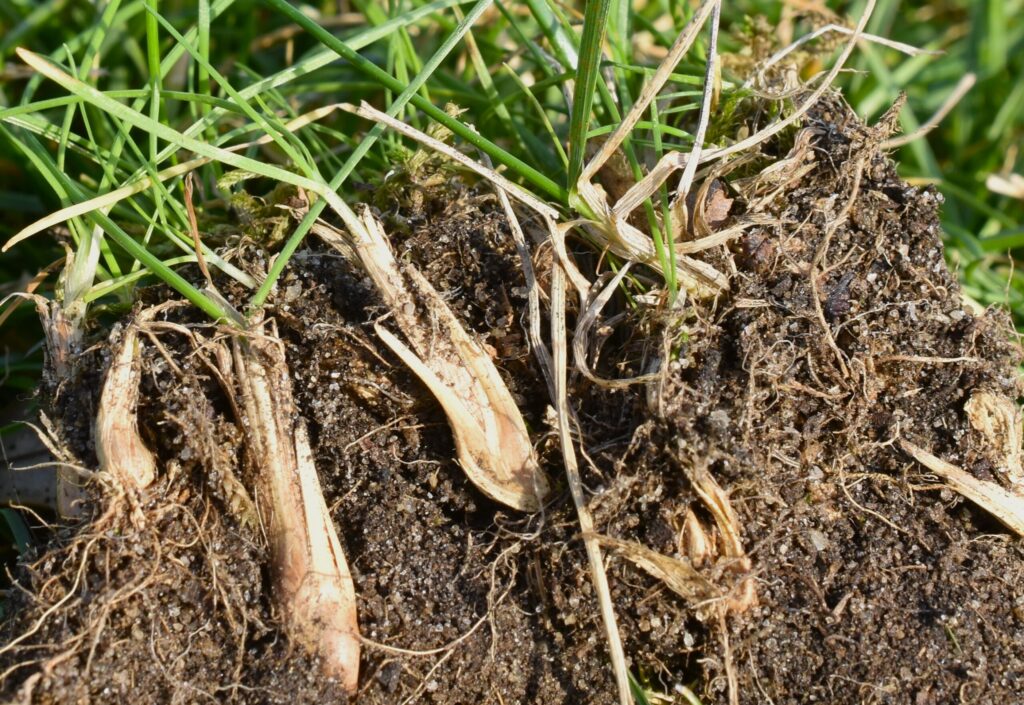
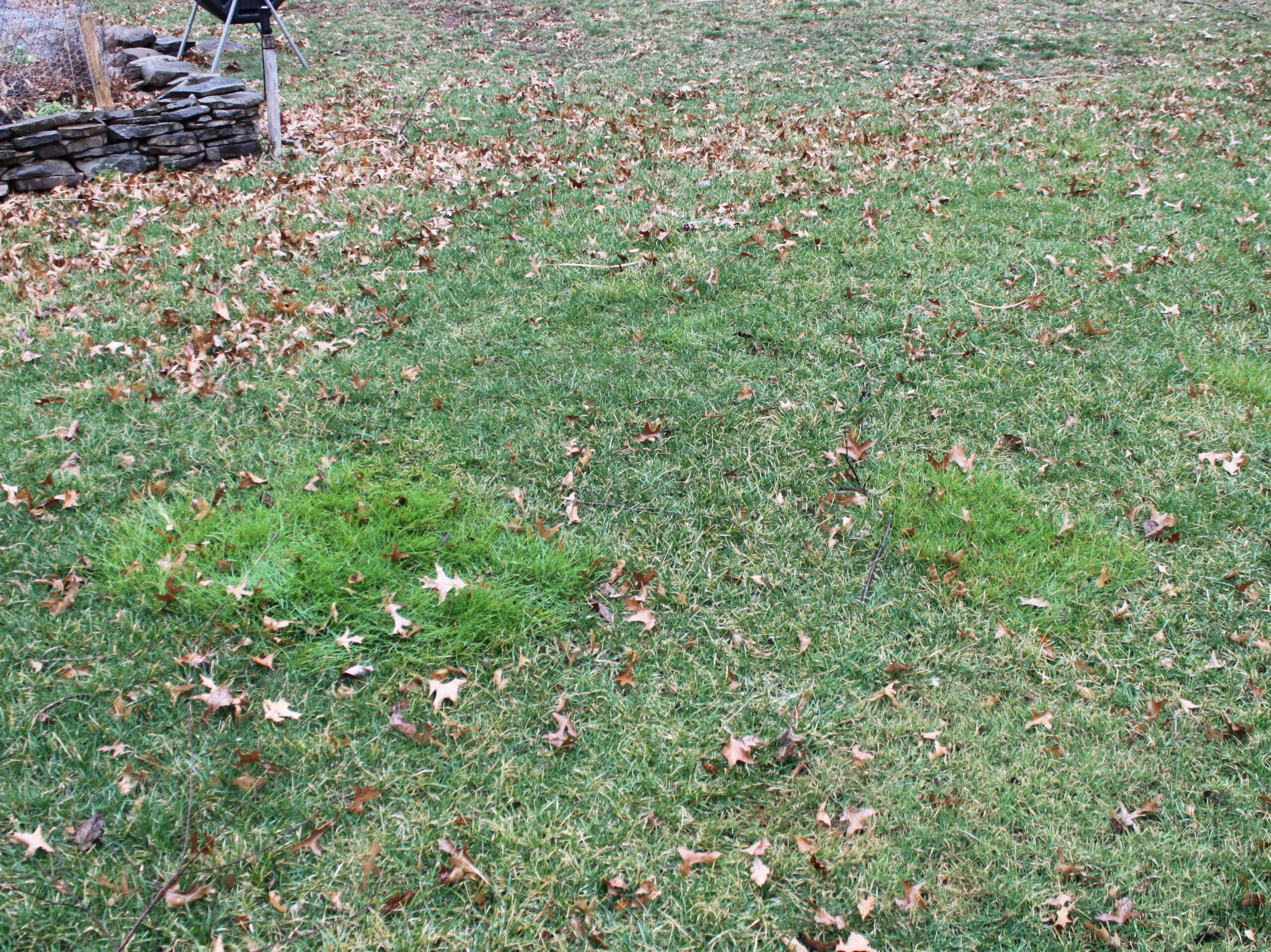
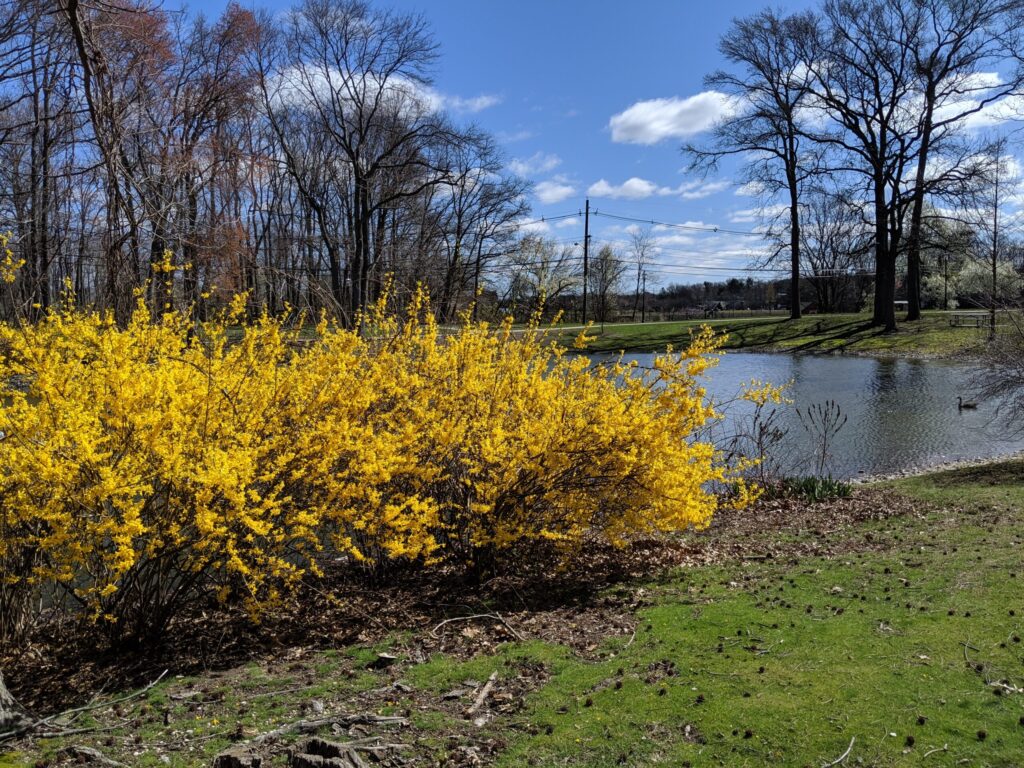
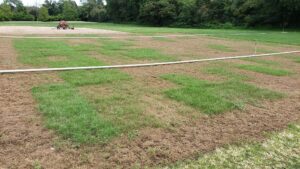
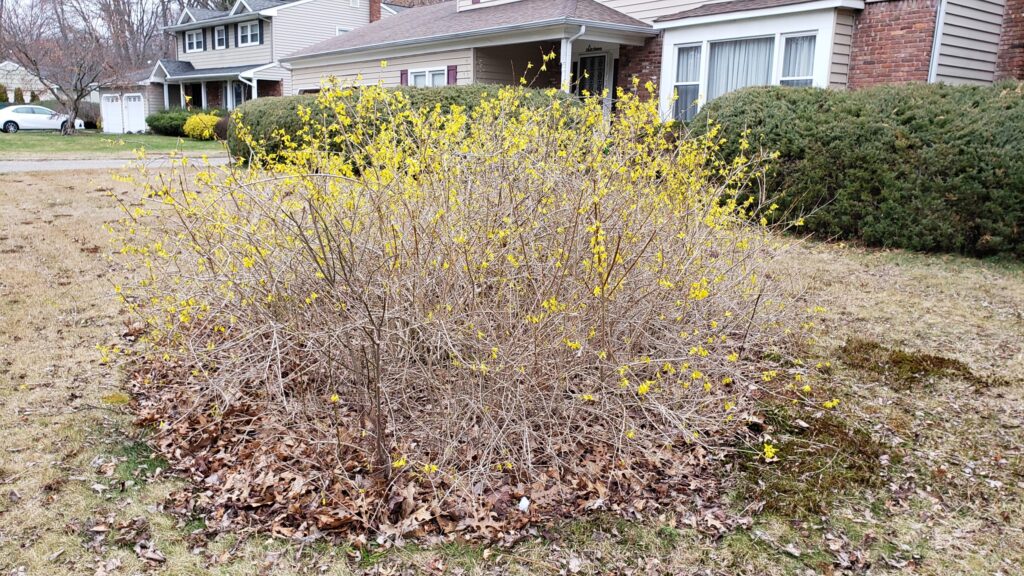
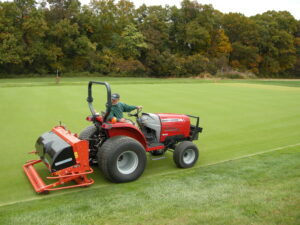 Aeration during the summer can be a helpful practice but does need some caution. Many turf managers performing mid-season aeration on putting greens will be using needle tines, which are less disruptive. But the key words are
Aeration during the summer can be a helpful practice but does need some caution. Many turf managers performing mid-season aeration on putting greens will be using needle tines, which are less disruptive. But the key words are 